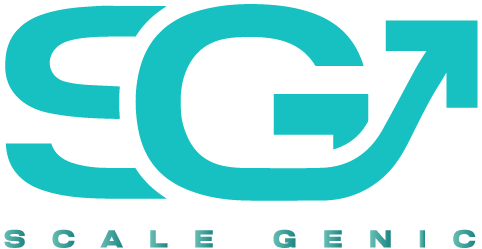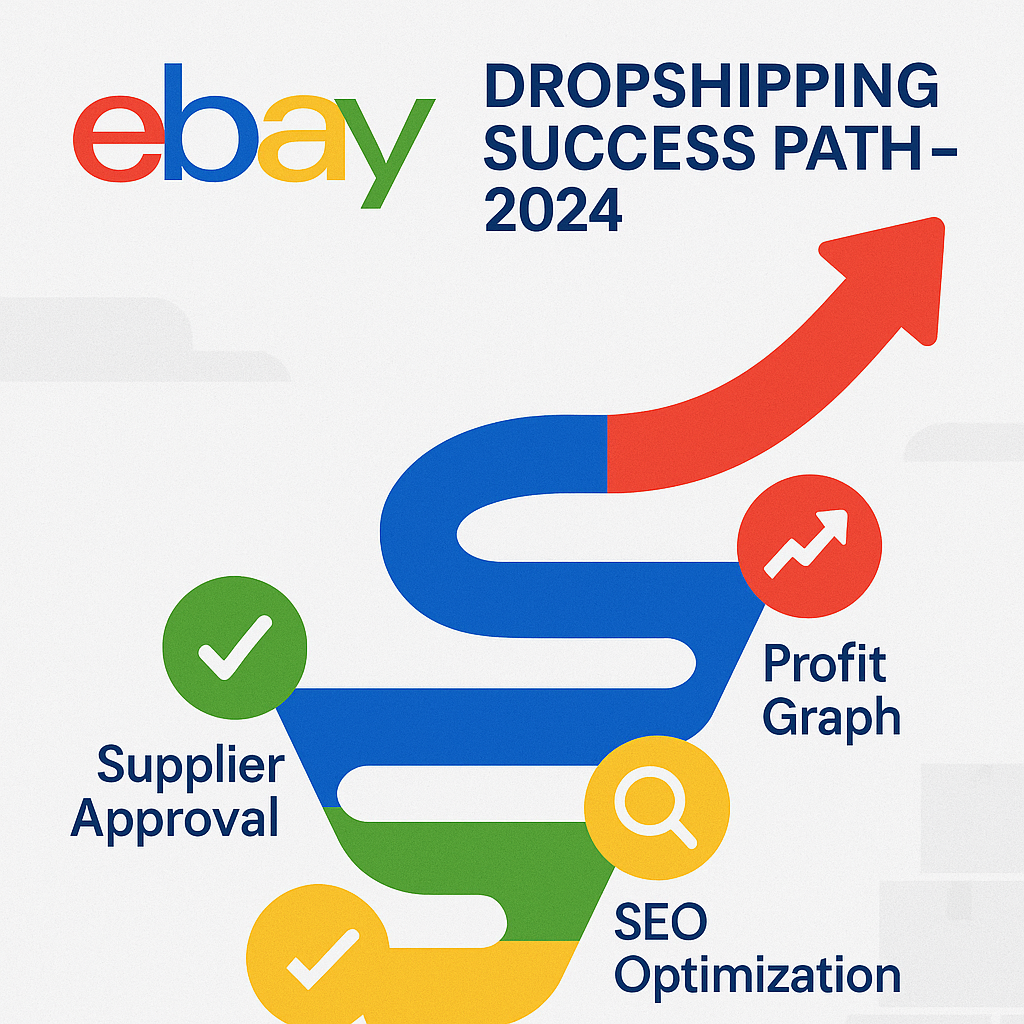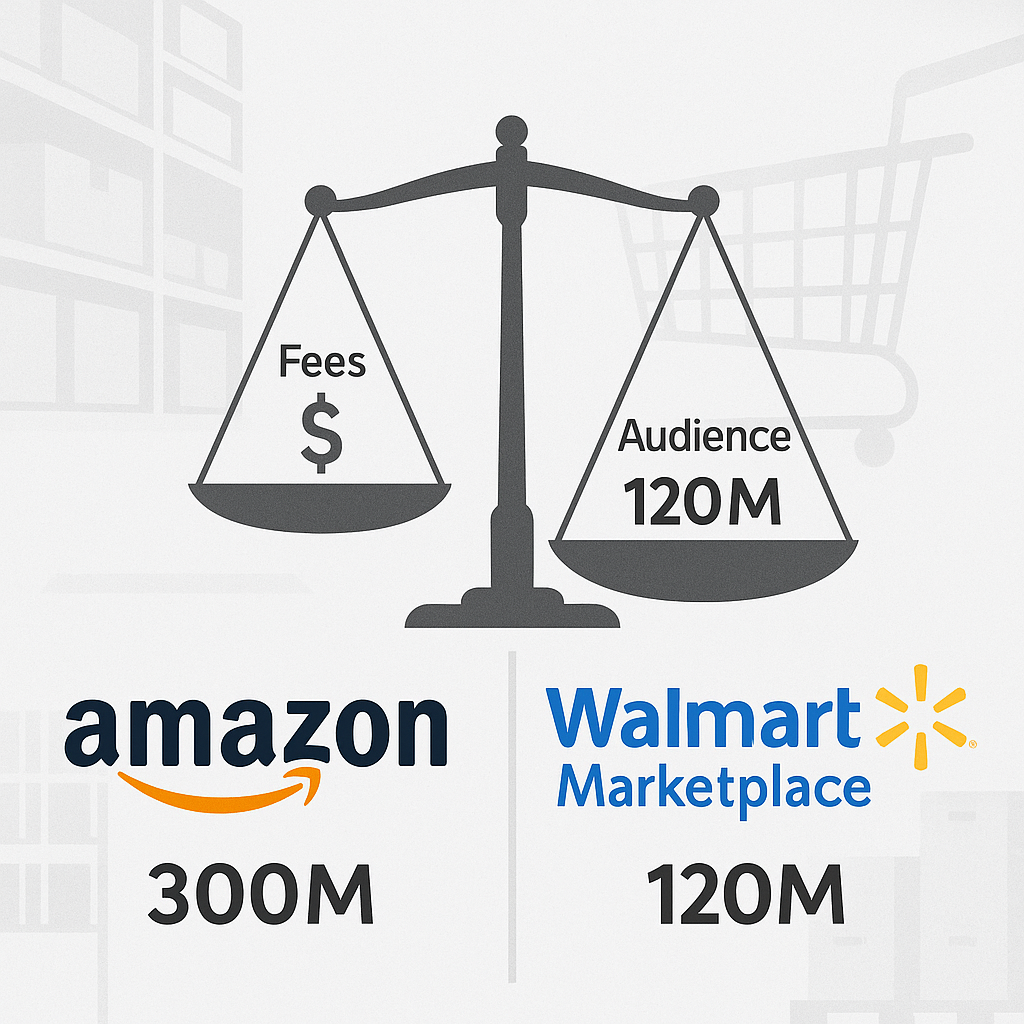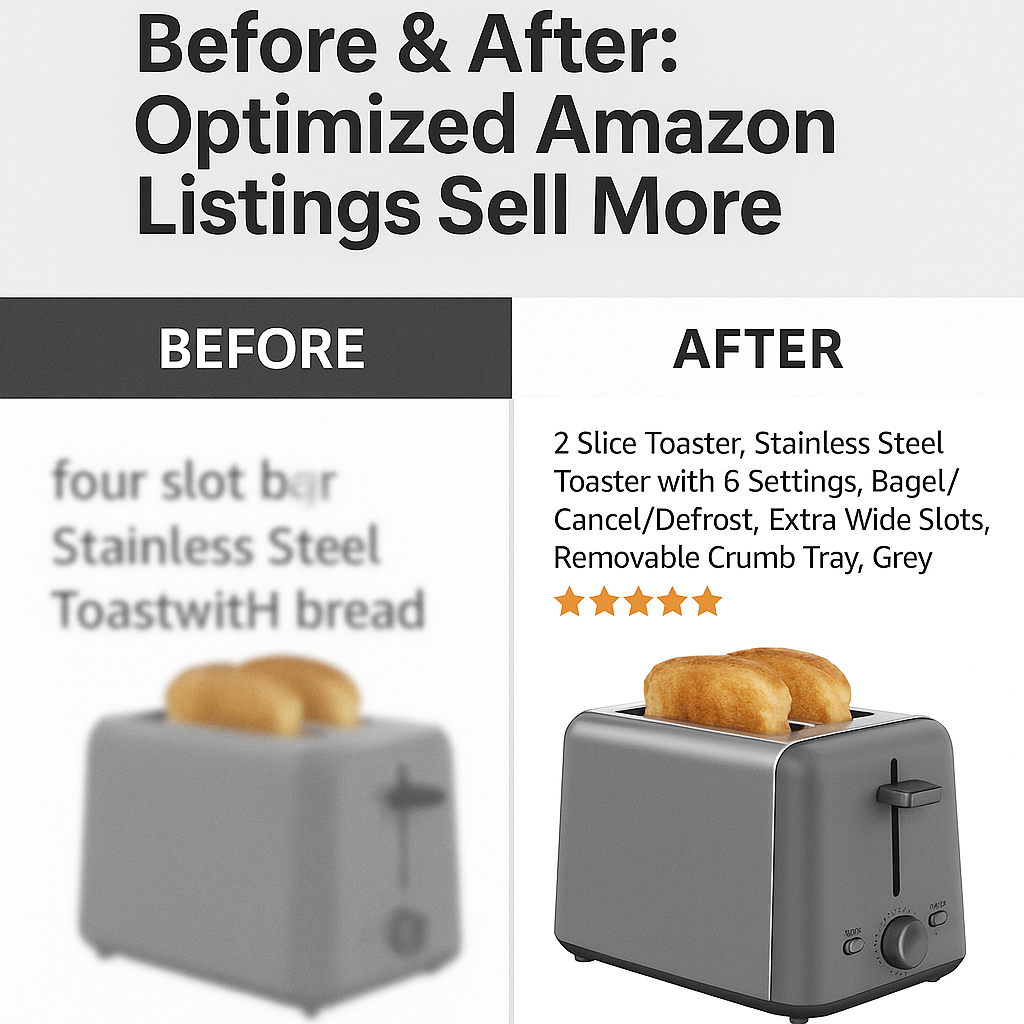What Is eBay Dropshipping? Dropshipping on eBay means listing products without holding inventory. When a customer buys, you order from a supplier who ships directly to them. Is eBay Dropshipping Still Viable in 2024? 1. eBay’s Dropshipping Policy Updates Retail dropshipping (from suppliers like Walmart, Amazon) is banned. Wholesale dropshipping (approved suppliers only) is allowed. Violating policies can lead to account suspension. 2. Pros of eBay Dropshipping Low startup cost (no inventory needed). Large customer base (135+ million active buyers). No monthly fees (only final value fees: ~12%). 3. Cons of eBay Dropshipping Strict policy compliance (must use approved suppliers). Thin profit margins (due to competition). Customer service challenges (delays, returns). How to Succeed with eBay Dropshipping in 2024 1. Find Reliable Suppliers Use eBay-approved wholesalers (e.g., AliExpress via private suppliers). Avoid retail arbitrage (sourcing from Amazon/Walmart). 2. Optimize Listings for eBay SEO Use long-tail keywords in titles. Include high-quality images & detailed descriptions. Offer competitive pricing & fast shipping. 3. Provide Excellent Customer Service Respond quickly to messages. Handle returns professionally. Maintain high seller ratings. Final Verdict: Is eBay Dropshipping Worth It? Yes, if: You follow eBay’s rules, find good suppliers, and optimize listings. No, if: You rely on retail arbitrage or expect quick profits.
Walmart Marketplace vs. Amazon: Which Is Better for Your E-Commerce Business?
Overview of Walmart and Amazon Marketplaces Both platforms offer massive reach, but they differ in fees, audience, and seller requirements. Choosing the right one depends on your business goals. Key Differences Between Walmart and Amazon 1. Seller Fees & Costs Amazon: Professional plan: $39.99/month + referral fees (8–20%). FBA fees apply for fulfilment. Walmart: No monthly fee (only referral fees: 6–20%). Lower competition but stricter approval process. 2. Audience & Customer Base Amazon: 300+ million active users worldwide. Prime members spend more but expect fast shipping. Walmart: 120+ million monthly visitors (U.S.-focused). Budget-conscious shoppers; less saturated than Amazon. 3. Fulfilment Options Amazon FBA: Handles storage, shipping, and returns (for a fee). Walmart Fulfilment Services (WFS): Similar to FBA but newer and less crowded. 4. Advertising & Visibility Amazon PPC: Highly competitive, with sponsored product ads. Walmart Sponsored Products: Lower CPC (cost-per-click) due to less competition. Which Platform Should You Choose? Amazon is better for: Global reach, Prime customers, and FBA convenience. Walmart is better for: Lower fees, U.S.-focused sales, and less competition.
How to Optimize Your Amazon Product Listings for Better Sales
Why Product Listings Matter on Amazon Amazon is a competitive marketplace where visibility directly impacts sales. A well-optimized product listing improves search rankings, increases conversions, and helps you stand out from competitors. Key Elements of an Optimized Amazon Listing 1. Keyword-Optimized Product Title Keep it under 200 characters. Include primary keywords (e.g., “Wireless Bluetooth Headphones Noise Cancelling”). Place the most important keywords first. 2. High-Quality Images Use at least 6 images (1 main, 5+ supporting). Follow Amazon’s image guidelines (white background, high resolution). Show product variations (colors, sizes) and use lifestyle images. 3. Bullet Points That Convert Highlight key features and benefits (not just specs). Use simple, scannable formatting. Include relevant keywords naturally. 4. Detailed Product Description Expand on bullet points with SEO-friendly content. Use paragraph breaks for readability. Mention warranty, materials, and usage tips. 5. Backend Keywords Use all 250 characters in Amazon’s backend keyword field. Avoid repetition (Amazon’s algorithm penalizes it). Final Tips for Amazon SEO Monitor competitor listings for insights. Use Amazon PPC ads to boost visibility. Update listings regularly based on performance.



